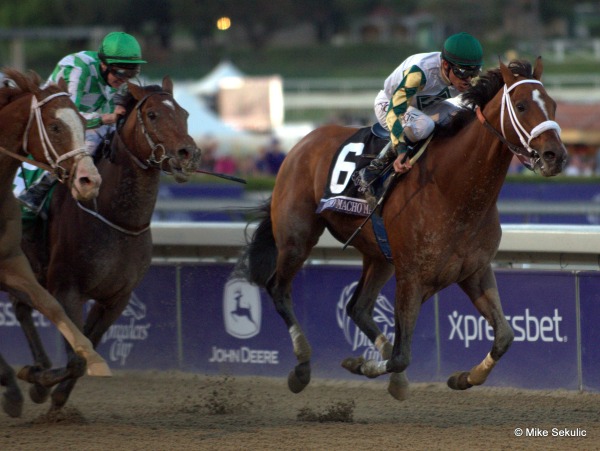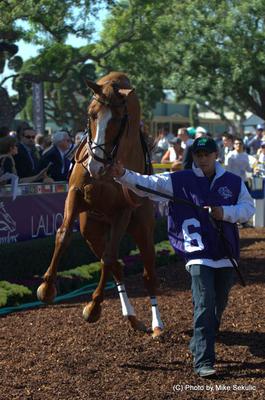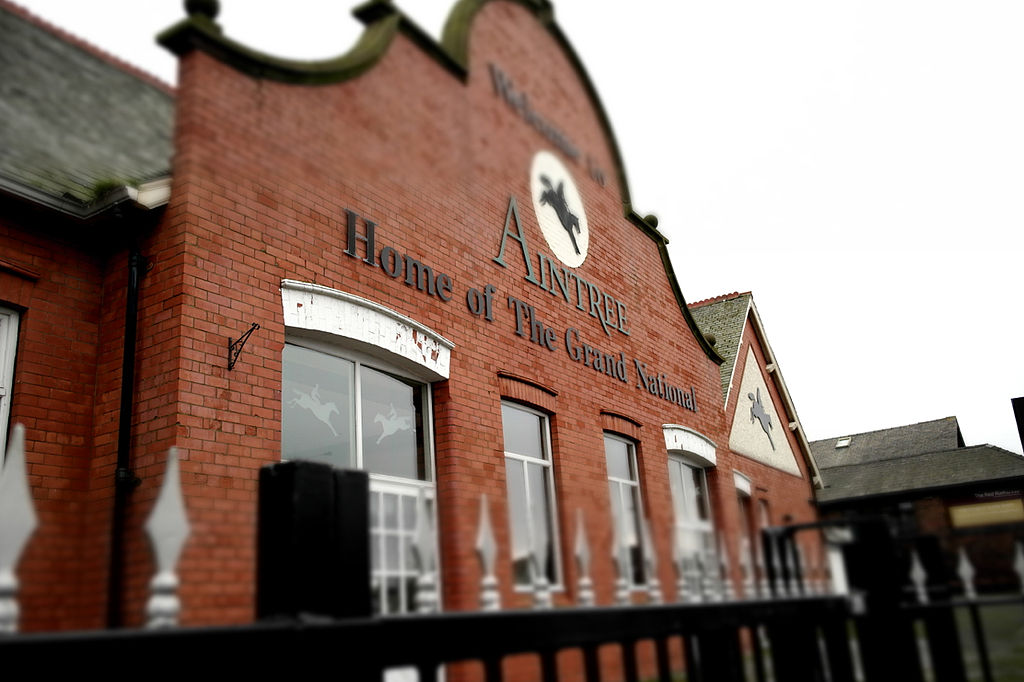Betting Odds
Value betting odds for the Grand National are not hard to find when you consider the influence the Cheltenham Festival has on the markets.
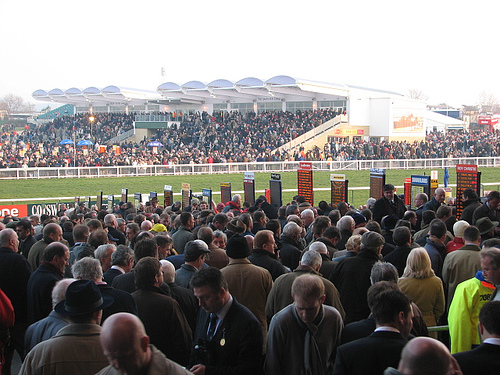 Grand National Betting
Grand National BettingThe Aintree Festival, traditionally held in April, is best known for
the Grand National – famous throughout the world and a race that
quickens the pulse of the British Nation.
However there is much
more to the Festival than this iconic equine marathon and clues to
winner finding in this and other races can be found at the Cheltenham
Festival.
Industry betting odds in the UK are all about showing the likelihood of an event happening, and how much you can win if your bet is correct. Here's the breakdown:
Understanding the Odds format:
- Fractional Odds: This is the most common format in the UK, displayed as a fraction (e.g., 4/1). Here, the first number is your profit if you win, relative to your stake (the second number). So, 4/1 means for every £1 you stake, you win £4 profit (plus your £1 stake back) for a total return of £5.
What the Odds Tell You:
- Lower Odds = Higher Likelihood: The lower the odds, the more likely the bookmaker thinks an event is to happen. For instance, odds of 1/2 (evens) suggest a close call.
- Higher Odds = Lower Likelihood: Conversely, higher odds indicate the bookmaker sees the event as less likely. Odds of 10/1 mean it's a bit of a long shot.
How Bookmakers Set Odds:
- Expert Analysis: Teams of specialists analyze past results, player performance, and other data to determine the odds.
- Balancing the Books: They aim to set odds that attract bets on both sides of an event, ensuring a profit regardless of the outcome (except for very close odds).
Additional Points:
- Some UK bookmakers may offer Decimal or American odds formats as well. These convey the same information but in a different way.
- It's important to shop around for the best odds before placing a bet.
Value Betting Odds From The Cheltenham Festival
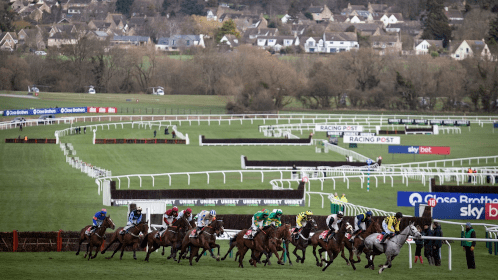 Cheltenham Festival Racecourse
Cheltenham Festival RacecourseBefore we look at why the Cheltenham can point us towards some value odds, here is an explanation of what they are:
Value odds, in the world of betting, refer to situations where the odds offered by a bookmaker are more favorable to you than the actual likelihood of the event happening. It's basically finding a bet that seems like a better deal than it really should be.
Here's how it works:
- Implied Probability vs. True Probability: Bookmakers set odds based on their analysis of how likely they think an event is to occur. This translates to an implied probability (e.g., odds of 2.00 imply a 50% chance of winning).
- The Value Bet Advantage: You, the bettor, can do your own research and analysis. If you believe the true probability of an event is higher than the bookmaker's implied probability, then the odds become valuable.
Example:
- Imagine a football match. The bookmaker offers odds of 3.00 on a team that you think has a 40% chance of winning.
- Converting the odds to implied probability: 1 / 3.00 = 33.3% chance (according to the bookmaker).
- Your analysis suggests a higher chance (40%).
In this scenario, the odds (3.00) offer value because your estimated probability (40%) is higher than the bookmaker's implied probability (33.3%). So, there's a potential for a greater return than the odds suggest.
Finding Value Betting Odds:
- Research is Key: Analyze past performances, player statistics, or other relevant factors to form your own assessment of the probability.
- Expected Value (EV): This concept helps determine if a bet is truly valuable. It factors in the potential win amount and the odds to see if the bet has a positive long-term profit expectation.
Remember:
- Value betting requires effort and doesn't guarantee wins. It's a strategy to increase your chances of profiting in the long run.
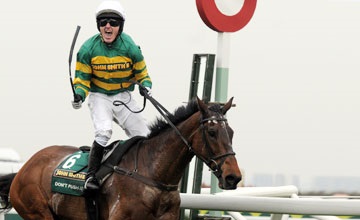 Don't Push It wins the Grand National
Don't Push It wins the Grand NationalAn Analysis of some Aintree Races
Take the 2m4f grade 1 Aintree Hurdle:
Here are some interesting stats:
1. 7 of the last 10 winners last ran in a hurdle race at the Cheltenham Festival
2. None of those winners won at Cheltenham
3. Those that did not contest a race at Cheltenham were Irish trained
4. Ignore any runners that did not contest a race at this year’s Festival
The 3m1f grade 1 Aintree Bowl Chase:
1. 7 of the last 10 winners last contested a race at the Cheltenham Festival
2. 12 of the last 15 winners last contested a race at the Cheltenham Festival
3. 7 of the winners unsuccessfully contested the Gold Cup
4. Winners also contested the Ryanair Chase, The Queen Mother Champion Chase, the 3m handicap Chase and the RSA Chase
5. Of the last 12 winners only 1 came first in their Cheltenham race
The 2m4f Melling Chase
1. All of the last 10 winners last contested a race at the Cheltenham Festival
2. 14 the last 15 winners last contested a race at the Cheltenham Festival
3. All 14 contested either The Queen Mother Champion Chase or the Ryanair Chase
4. 10 of the last 15 winners finished in the first 3 in either The Queen Mother Champion Chase or The Ryanair Chase
It is important and helpful to understand a typical race card. This could be supplied by the racecourse itself or by online publications such as the Racing Post.
A horse race card can be packed with information, but understanding its layout will help you decipher it effectively. Here's a breakdown of the key elements:
General Information:
- Race Time & Location: This will show the race number, time, and the racecourse name (e.g., 3.15 Kempton).
- Track Conditions: This describes the state of the racing surface, like "good" or "soft" for turf, or "standard" for all-weather tracks.
- Race Name & Distance: You'll see the race name (often sponsored) and the distance in furlongs (e.g., 32Red Casino Handicap (Class 5), 7f).
Horse Details:
- Draw (Stall): This number indicates the starting position for each horse out of a gate.
- Horse Name & Age: This identifies the horse and its age.
- Jockey & Trainer: These sections show the jockey riding the horse and the horse's trainer.
- Form: This is a crucial section that displays the horse's recent racing performance, usually in a line of numbers and letters. Numbers 1-9 represent finishing positions (1st being the best), with 0 indicating a finish outside the top nine. Letters denote events like "PU" (pulled up) or "F" (fell).
- Weight Carried: This shows the weight the horse will carry in the race, including the jockey's weight.
Additional Information:
- Going Up/Down: Some cards might indicate arrows beside a horse's name, signifying the horse's price (odds) is rising (up arrow) or falling (down arrow) in the betting market.
- Past Course/Distance (CD) Winner: This symbol (CD) next to a horse's name indicates it has won on this specific course and distance before.
Tips for Reading the Race Card:
- Focus on Form: Analyze the recent form figures to see how horses have been performing. Consistent placings or recent wins are good signs.
- Consider Jockey/Trainer: Experienced jockeys and trainers with a good record can influence your choice.
- Check Weight: Horses carrying heavier weights might be disadvantaged.
- Factor in Course Preference: Some horses perform better on specific track conditions (turf vs. all-weather).
Remember: Reading the race card is just one part of picking a winner. Consider additional factors like expert analysis and weather conditions before placing a bet.
Placing a bet:
Most people nowadays will place their bets online, either with a normal bookmaker or on an Exchange such as Betfair. You can look for the best odds offered especially where you are offered a Best Odds Guarantee.
Finally the Grand National itself:
1. 2 of the last 10 winners ran at the Cheltenham Festival
2. 3 of the last 15 winners ran in this season’s Cheltenham Festival
3. Only the 2007 winner, Silver Birch achieved a placing at the Cheltenham Festival
4. Of the other 2 Bindaree came 7th in the 3m Handicap Chase and Don’t Push It was pulled up in the Pertemps Handicap Hurdle
The most likely reason is that the gruelling conditions of the Grand National come too soon after the highly competitive races at Cheltenham.
Back to Grand National from Betting Odds
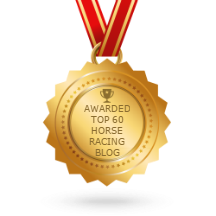

Returns Policy: Once a customer has agreed to pay for a product or service no returns will be permitted or payments returned.
All PayPal transactions are subject to the PayPal Privacy Policy
Privacy Policy: Personal details provided to this site by an individual may be shared with third parties unless requested otherwise.
Above policies updated 15 March 2018


